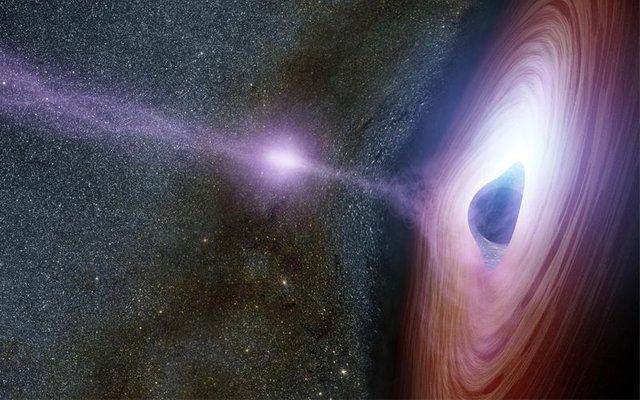NASA needs to fly to Alpha Centauri. Be that as it may, not until 2069

picture source: https://www.jpl.nasa.gov/spaceimages/details.php?id=pia20051
A hundred years after the principal arrival of a man on the moon, the aviation office NASA trusts (so far just expectations, not plans) to send a test to investigate the closest adjacent star framework - Alpha Centauri. On the plan right now there would one say one is single inquiry: how to really do this?

picture source: https://www.nasa.gov/mission_pages/spitzer/multimedia/spitzer-20070604.html
Some restrictive points of interest of the new undertaking figured out how to be uncovered to writers of the New Scientist entrance, which truly drove them from a little logical gathering from the Jet Propulsion Laboratory of NASA (JPL) after they introduced the idea of their central goal to the yearly meeting of the American Geophysical Union. The truth of the matter is that the task is at such a beginning period, to the point that it doesn't have a name. In addition, a large portion of the advances that will be required for its execution so far don't exist.
Right now, the main shuttle that left the close planetary system is Voyager 1, which travels through interstellar space at a speed of 61,000 kilometers for each hour. In spite of the way that Alpha Centauri is truly two stages far from us, obviously, by galactic gauges, the separation to it is 4.3 light years or 41.2 trillion kilometers. At the speed that Voyager 1 moves, on a trip to the framework it will take him very nearly 80,000 years.
In any case, before this driven arrangement can be acknowledged truly, the task, or rather its architects should take care of numerous different issues, including building up the vital innovations.
Hi, I found some acronyms/abbreviations in this post. This is how they expand:
Downvoting a post can decrease pending rewards and make it less visible. Common reasons:
Submit